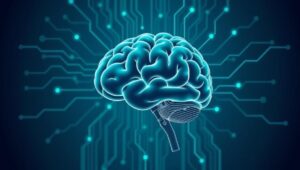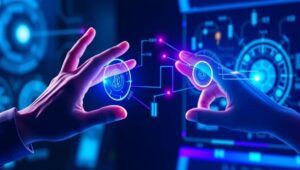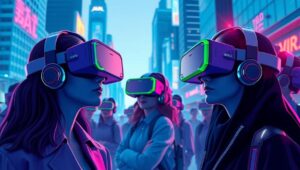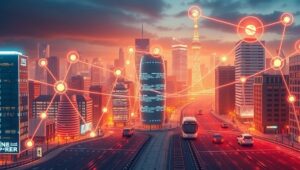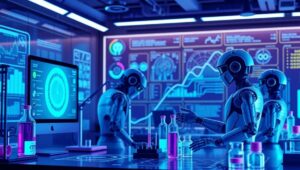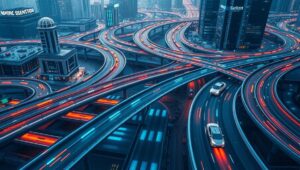May 21, 2025
Who Owns AI-Generated Content? The Legal Maze of 2028
Who Owns AI-Generated Content? The Legal Maze of 2028 The rise of artificial intelligence has brought with it a myriad of legal questions, none perhaps more perplexing than the issue of copyright ownership for AI-generated content. As we navigate 2028, the legal landscape remains a complex maze, with lawmakers, courts, and tech companies grappling to define the boundaries of AI’s creative domain. The Core Question: Authorship At the heart of the debate lies the fundamental question: who is the author? Traditional copyright law grants protection to original works of authorship, but AI challenges this concept. Is the author the AI

